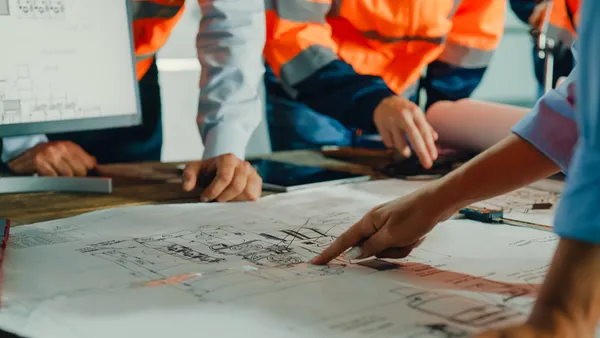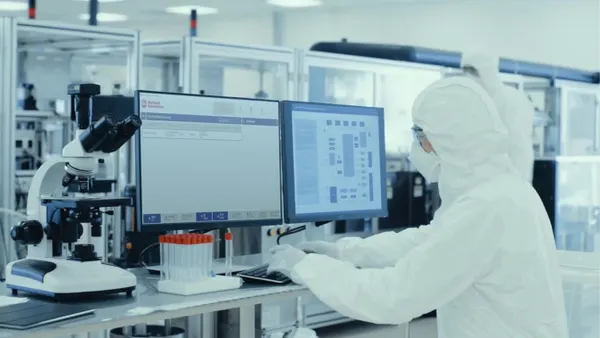Dive Brief:
- At the Massachusetts Institute of Technology's Computer Science and Artificial Intelligence Laboratory (CSAIL), small cubes—robots with no arms or legs—can put themselves together into shapes.
- The driving force in these M-Blocks, as they are called, is a 20,000-rpm flywheel that the blocks use when they need energy to move or jump.
- The short-term idea is that the blocks can work together to pout themselves into the shape of, say, a chair or a desk, but the big dream is for ones that can be used in construction.
Dive Insight:
The M-Blocks use magnets on their faces and edges to stay assembled. They can work in unison to drag one another into place with energy in their flywheels and the use of brakes to use that energy for propulsion when needed.












